first edition
1870 · London
by (BINDINGS - CHIVERS). (EXTRA-ILLUSTRATED BOOKS). DICKENS, CHARLES
London: Chapman and Hall, 1870. FIRST EDITION in book form. 215 x 140 mm. (8 1/2 x 5 1/2). vii, [1] (blank), 190 pp. Without the leaf of publisher's ads.
VERY ATTRACTIVE SCARLET CRUSHED MOROCCO BY CEDRIC CHIVERS (stamp-signed on rear turn-in) ca. 1911, covers framed by one blind and two gilt fillets, upper cover with INLAID PAINTED VELLUCENT ESCUTCHEON with the arms of the city of Rochester within a "tiled" gilt frame, the inlay enclosed by Art Nouveau floral design incorporating a heart motif, an onlaid citron morocco heart at the foot of the design, three raised bands dividing the spine into two small compartments, slightly larger compartment (truncated)
VERY ATTRACTIVE SCARLET CRUSHED MOROCCO BY CEDRIC CHIVERS (stamp-signed on rear turn-in) ca. 1911, covers framed by one blind and two gilt fillets, upper cover with INLAID PAINTED VELLUCENT ESCUTCHEON with the arms of the city of Rochester within a "tiled" gilt frame, the inlay enclosed by Art Nouveau floral design incorporating a heart motif, an onlaid citron morocco heart at the foot of the design, three raised bands dividing the spine into two small compartments, slightly larger compartment (truncated)
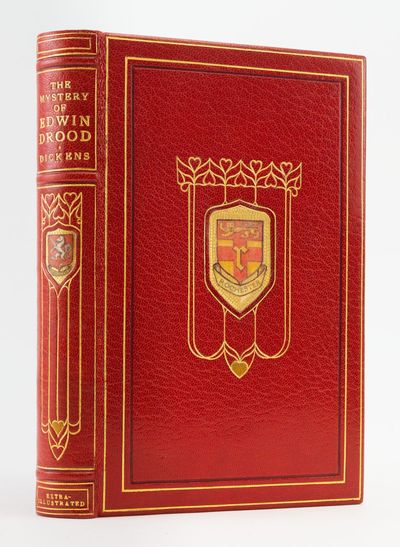
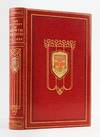
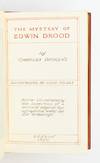
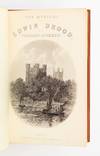
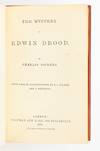

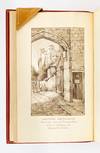
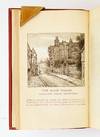
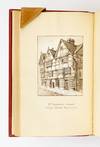
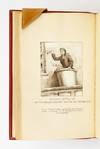
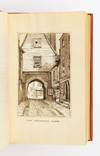

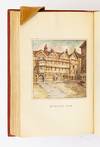
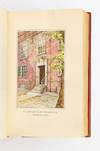
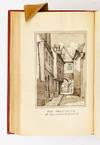

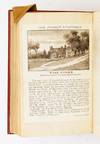
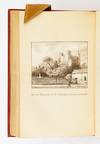
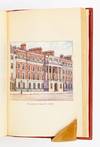
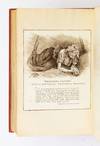
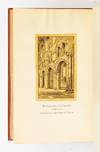
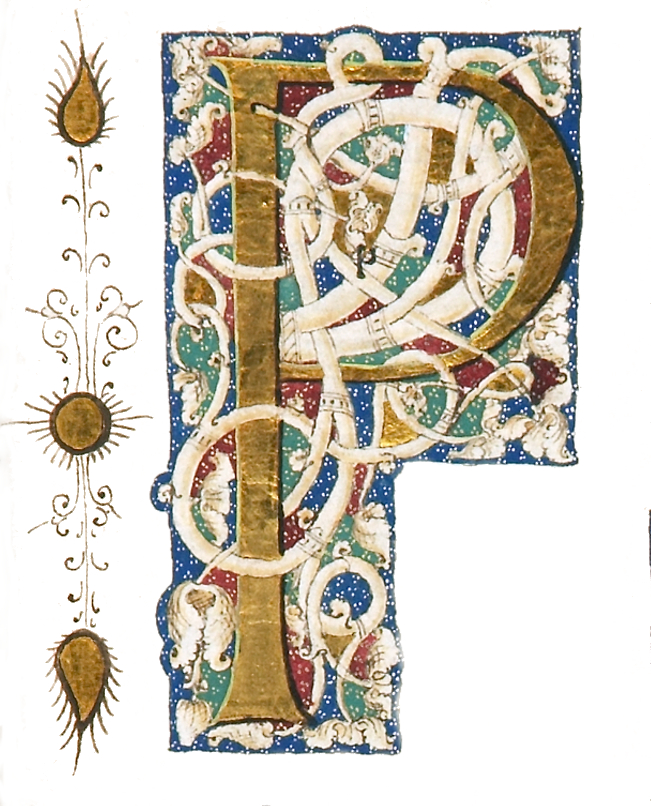

![BIBLIOTHECA PHILLIPPICA. [with] MUNBY, A. N. L. PHILLIPPS STUDIES](https://d3525k1ryd2155.cloudfront.net/h/228/806/1678806228.0.m.jpg)